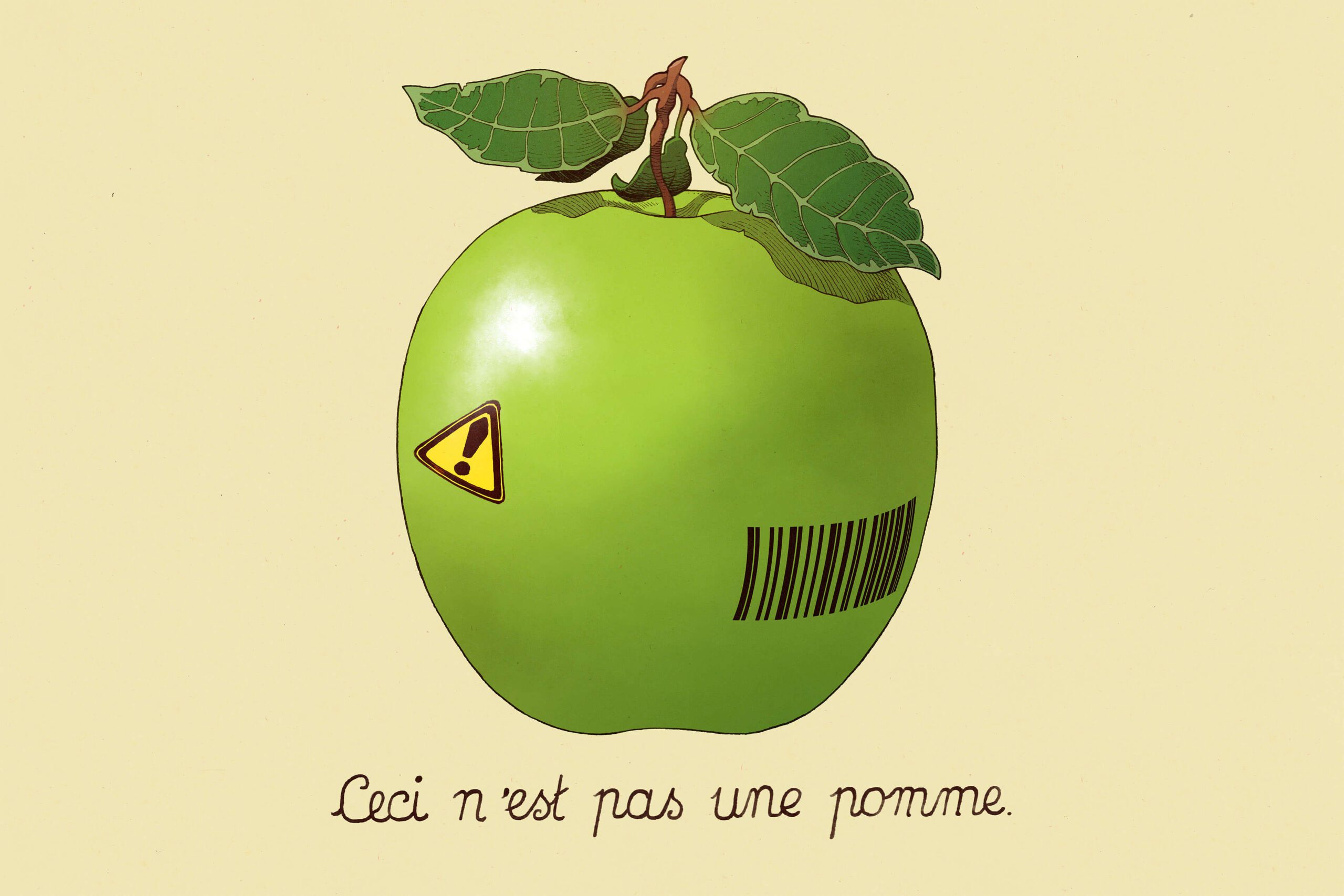
This is not a Common Agricultural Policy…
…this is a Corporate Agricultural Policy
Think of the Common Agriculture Policy and you’re likely to think of a fair mechanism that protects all of the EU’s farmers, its environment and its citizens.
The Common Agricultural Policy is Failing.
It fails our farmers, environment and citizens ― to threaten the food security it’s meant to guarantee.
The Common Agricultural Policy was created in 1962 with two primary aims:
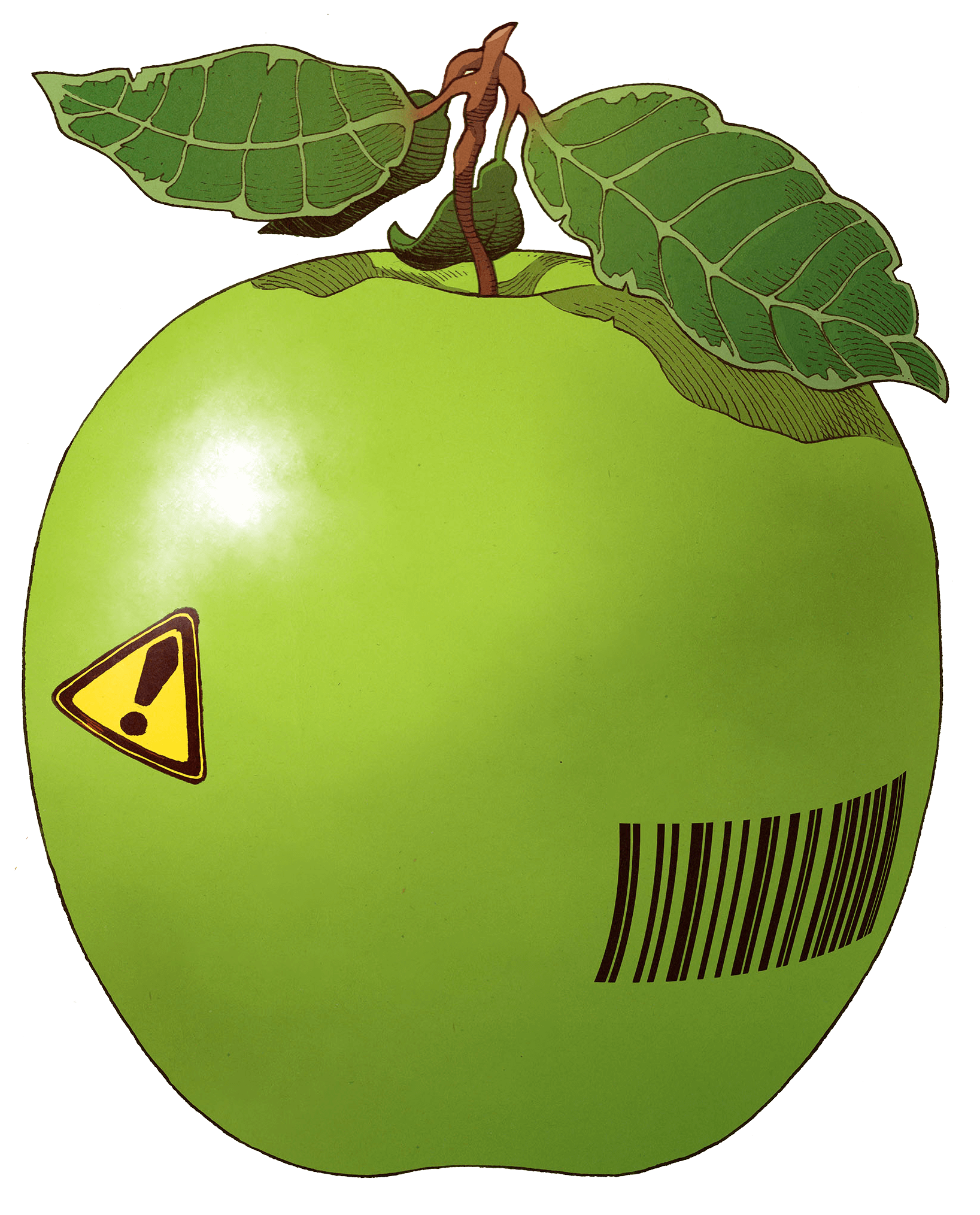
1
to provide plentiful, affordable and high-quality food to European citizens.
2
to ensure a fair standard of living for farmers.
More than 60 years later, the CAP not only fails to achieve these objectives ― it actively contributes to their failure.
The CAP has evolved to hasten the end of farming as we know it, to: destroy rural communities and economies; bring environmental harm; and threaten the food security it was meant to guarantee.
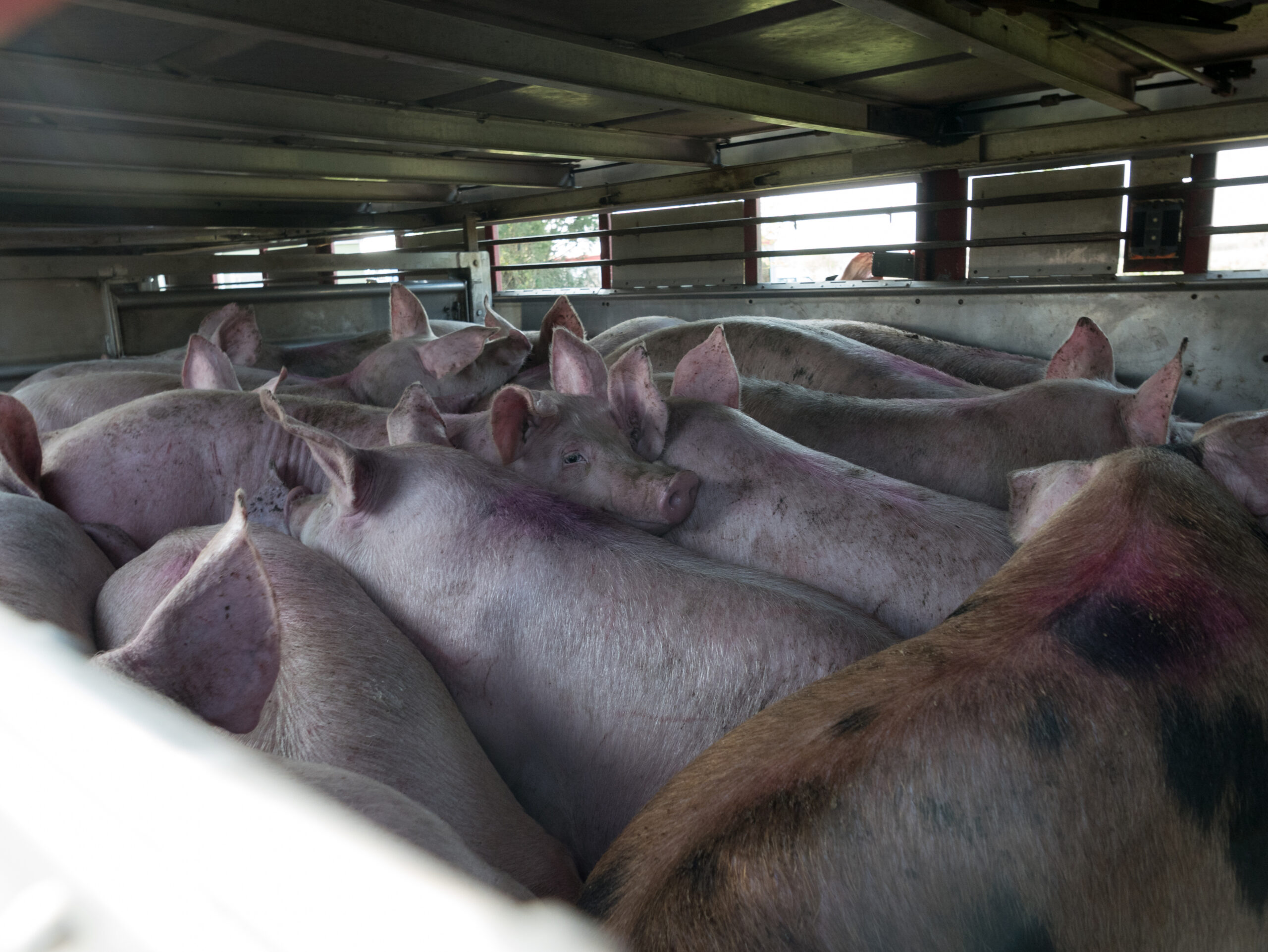
This is not a farm…
this is a food factory.
Think of a farm…
and you’re likely to conjure images of a pretty farmhouse set in a few hectares of green fields.
Think again…
The reality is that European agriculture is growing into something we no longer recognise. Many of Europe’s farms are now huge food factories ― production lines designed to create more food more quickly and more cheaply than ever before.
In just 15 years the EU has lost five million farms
(2005 – 2020)

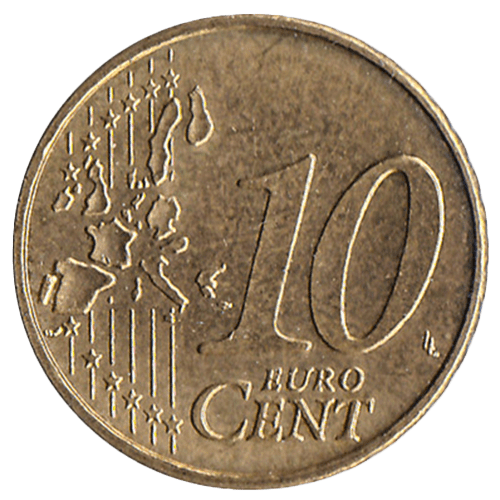
Every EU taxpayer contributes an average of 30 cents a day to fund an unsustainable agricultural policy that fails farmers and lines shareholders’ pockets.
Yet available agricultural land has remained stable.
So, if the land hasn’t been absorbed into urban sprawl
Where have the farms gone?
When 80% of CAP subsidies go to just 20% of the biggest farms, small farmers can’t earn a decent living producing food.
Public money should serve farmers and consumers—not agribusiness profit.
Demand agricultural policy reform for fair prices, fair farming and a fairer future.
Essentially, large agricultural corporations have swallowed them up. Intensively farming vast amounts of land and numbers of animals, these big agriculture combines also take the lion’s share of the CAP ― 80% of subsidies go to just 20% of the biggest farms.
This is despite the fact that 93% of EU farms are classified as smaller, family-run enterprises.
Essentially, the €386 billion CAP budget funds the destruction of the EU’s small farms ― at huge cost to farmers, the communities they live in, the land they farm and the quality, safety and security of the foods relied on by hundreds of millions of EU citizens.
This is not sustainable farming
…this is a shareholder’s subsidy
Think of the farming market and you’ll probably conjure images of high-quality produce bought for a fair price and then sold at reasonable cost across Europe.
Think again.
The European Milk Board, for example ― a group of around 100,000 dairy farmers from 15 countries ― states that “low milk prices do not allow producers to cover production costs”, and that, despite working seven days a week, “an increasing number of (family) dairy farms are forced out of business due to a lack of profitability”.
The failure of the CAP to protect the vast majority of European farmers and their communities has a worrying impact on the people who work in this critical sector.
This loaded deck isn’t confined to the dairy sector but is in play across the farming industry. Farmers don’t want subsidies; they want a fair market that pays them the real value of their produce.


This is not a rural home...
Smaller farms are likely to need a wide variety of highly skilled workers engaged in stimulating roles. In megafarms, economies of scale, mechanisation and efficiencies see fewer, poorly paid, lower skilled and less rewarding jobs.

growth of megafarms (incomes over €250,000)
Increase in megafarm income between 2007 and 2022
lost full time farming jobs in between 2007 and 2022
Local farms are also more likely to use local suppliers. As farm businesses disappear, so too does the local economic infrastructure, accelerating the loss of rural jobs and opportunity.
It’s hollowing out many rural communities as the next generation of farm and ancillary workers moves away to find employment. The communities where these workers once lived are becoming ‘dead’ villages of second homes and holiday lets.
In France, for example, this rural exodus has contributed to one home in 10 being a second home ― and in some resort villages, as many as 97%. This in a country with a reported 300,000 homeless citizens.
Today, the CAP supports a system that sees communities and their ways of life ― that may have endured for centuries ― swept away.
This is not cheap food
…this is costing the earth
Think of a farm and you’ll probably picture livestock grazing in meadows and crops ripening in the sun. Ancient hedgerows border the fields and are home to a diversity of wildlife and pollinators. Think again.

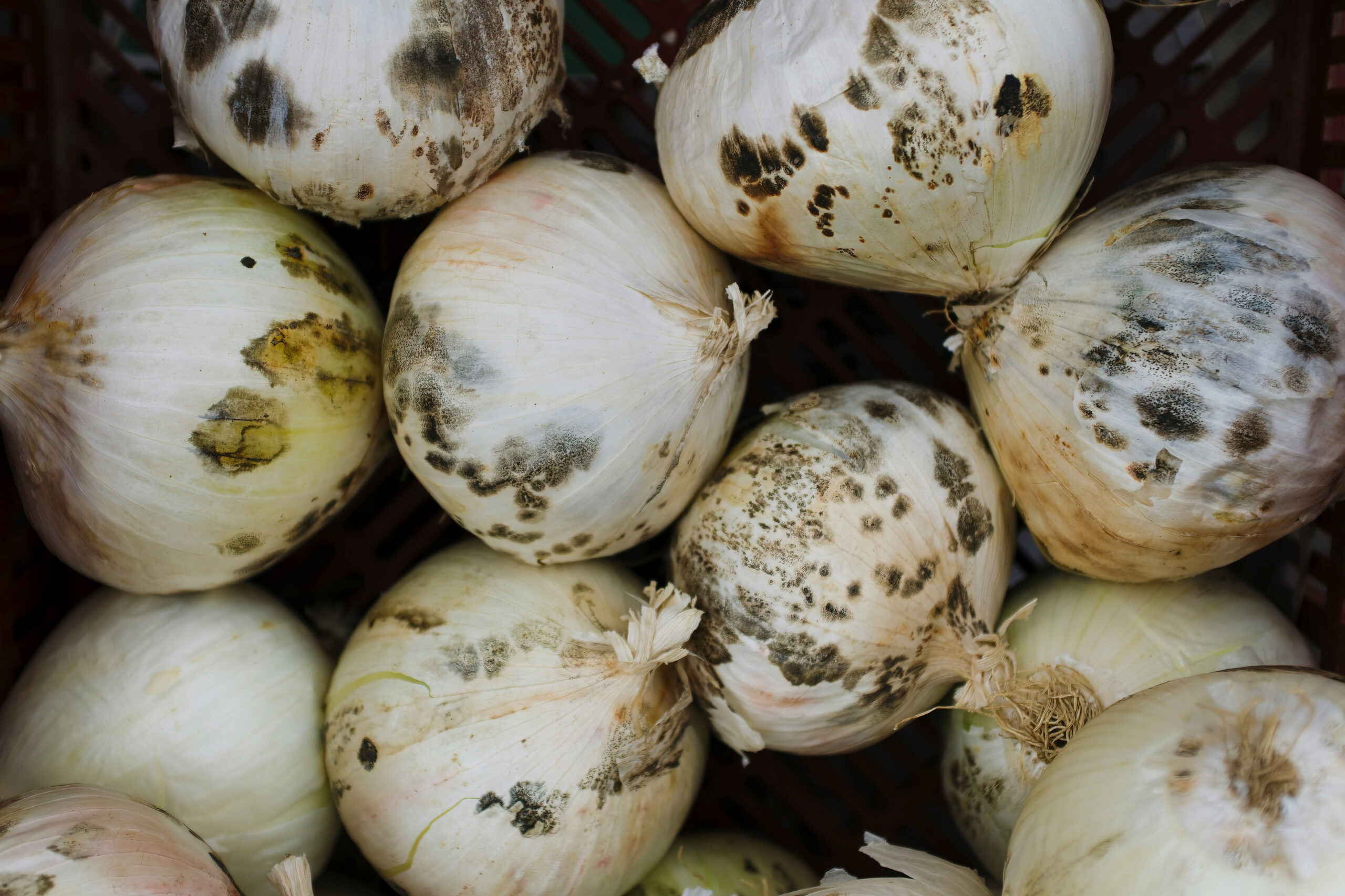

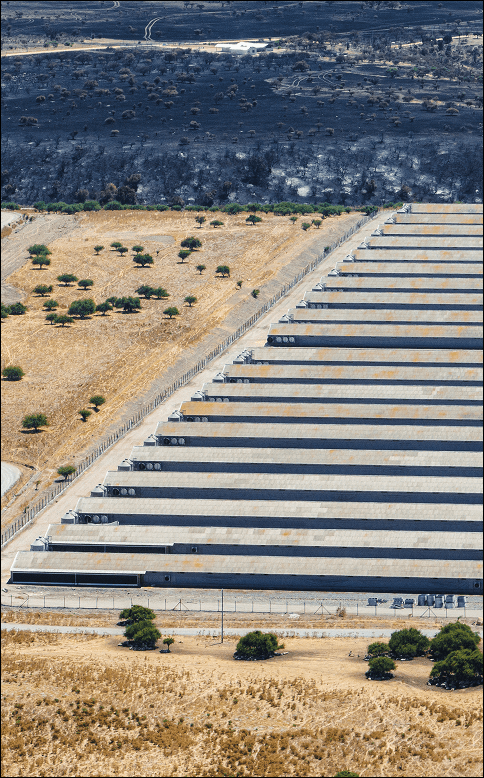
of Italian farmers are worried about climate change impacts.
The CAP rewards huge farming corporations for the delivery of more produce, more rapidly, more cheaply ― but at what cost?
The CAP is artificially imposing a way of operating that is undermining farmers’ longer term sustainability. It is detrimental to farmers, the land they work, the animals they look after and the consumers who rely on them.
There is a common misconception that farmers oppose the environmental transition ― but this simply isn’t true.
The EU’s own figures detail the harm the CAP is doing to our farming environment by promoting intensive agriculture
Europe’s hedgerows provide an unlikely but powerful indicator of the health of its farms. While not within the EU, the UK has seen similar growth in intensive farming. Since 1950, 50% of its hedgerows have been “grubbed out” ― and we can assume that this level of loss is reflected across the EU as intensive agriculture and megafarms proliferate. Robbed of their hedgerows, fields simply become factory floors.
Hedgerows bring huge benefits to farmers (which is why they were planted in the first place). Each of the smaller fields that they surround contain a diversity of crops. This acts as a natural ‘disease break’ to stop the spread of single crop diseases and pests ― and helps to maintain a healthy balance of nutrients. They regulate water flow to help stop flooding ― and are effective in carbon capture. Further, they are home to a diversity of wildlife ― including essential pollinators.
This is not balanced agriculture
…this is damaging monoculture
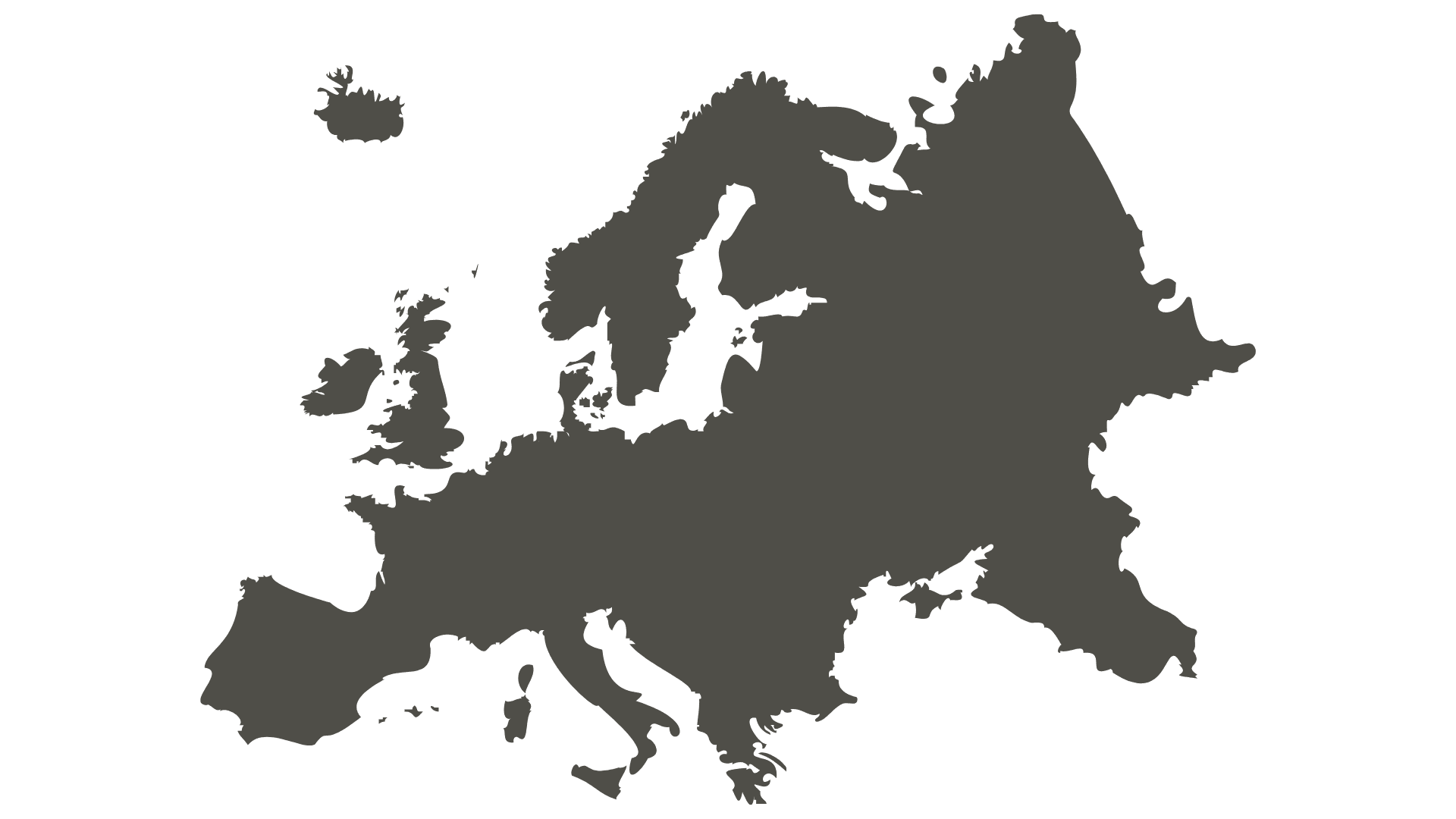
All see the ecological transition as an opportunity that must be seized and/or an existential necessity.

Megafarm monoculture:
The monoculture (huge areas of a single crop) of megafarms has removed these natural safeguards and benefits in the name of profit.
Monocoluture:
- Removes natural safeguards and benefits in the name of profit.
- Uses additional herbicides and pesticides.
- Leeches nutrients from the land.
- Places further strains on soils.
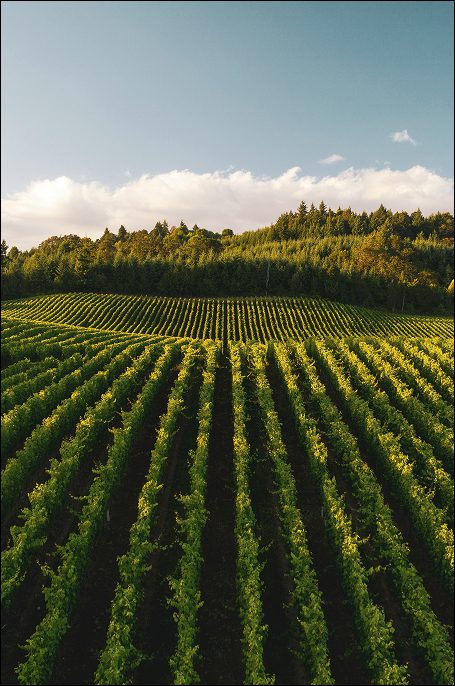
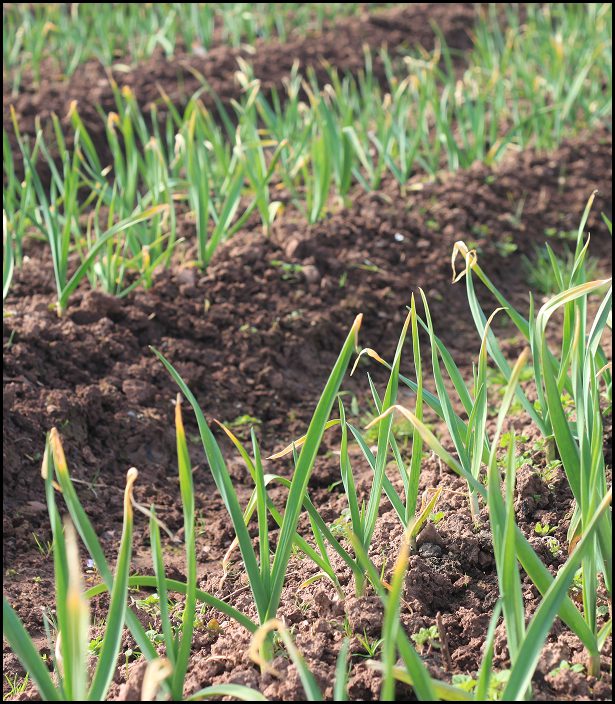
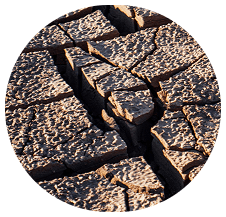
of European soils are already damaged.
The EU’s own figures detail the harm the CAP is doing to our farming environment by promoting intensive agriculture ― estimating that between 61% and 73% of European soils are already damaged.
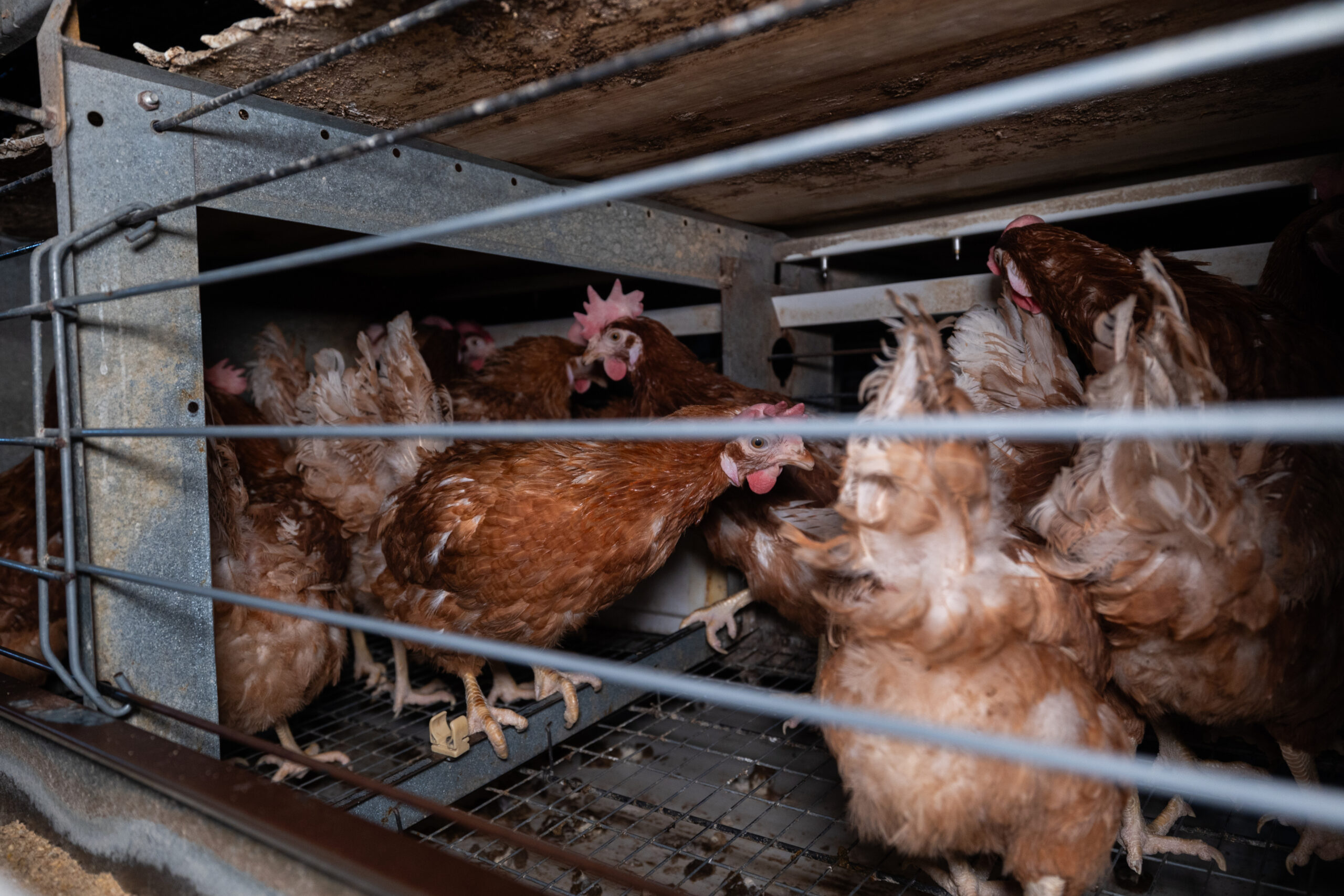
This is not an animal...
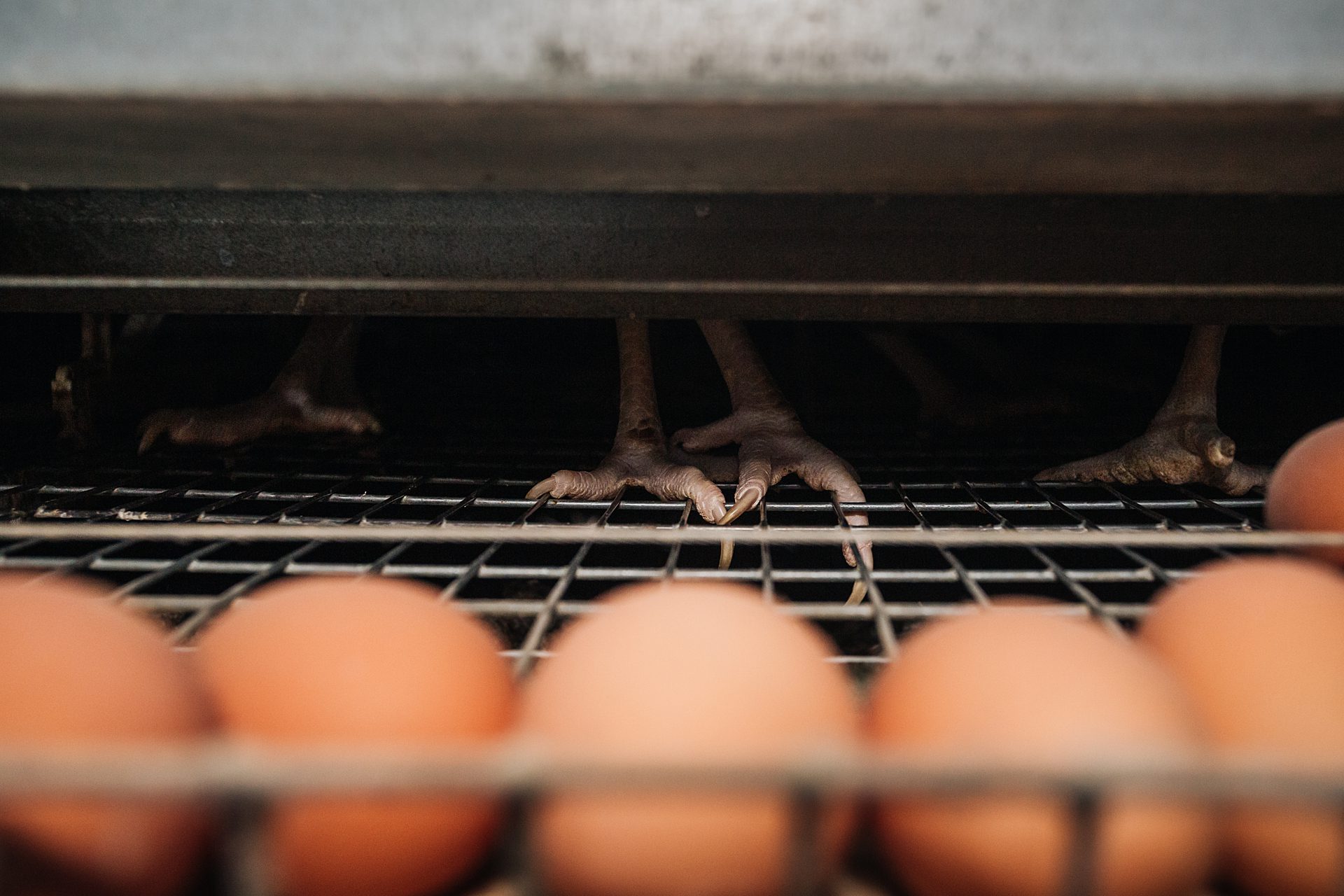
…this is a commodity
Intensive livestock farming has much in common with intensive arable farming.
Here, megafarms become food factories that see sentient animals as simple commodities. Holding hundreds and even thousands of animals in cramped conditions, these farms promote the spread of disease ― while in smaller farms with fewer animals, outbreaks can be more easily treated and contained.
of all antibiotics globally are given to farm animals. This could contribute to antimicrobial resistance in humans
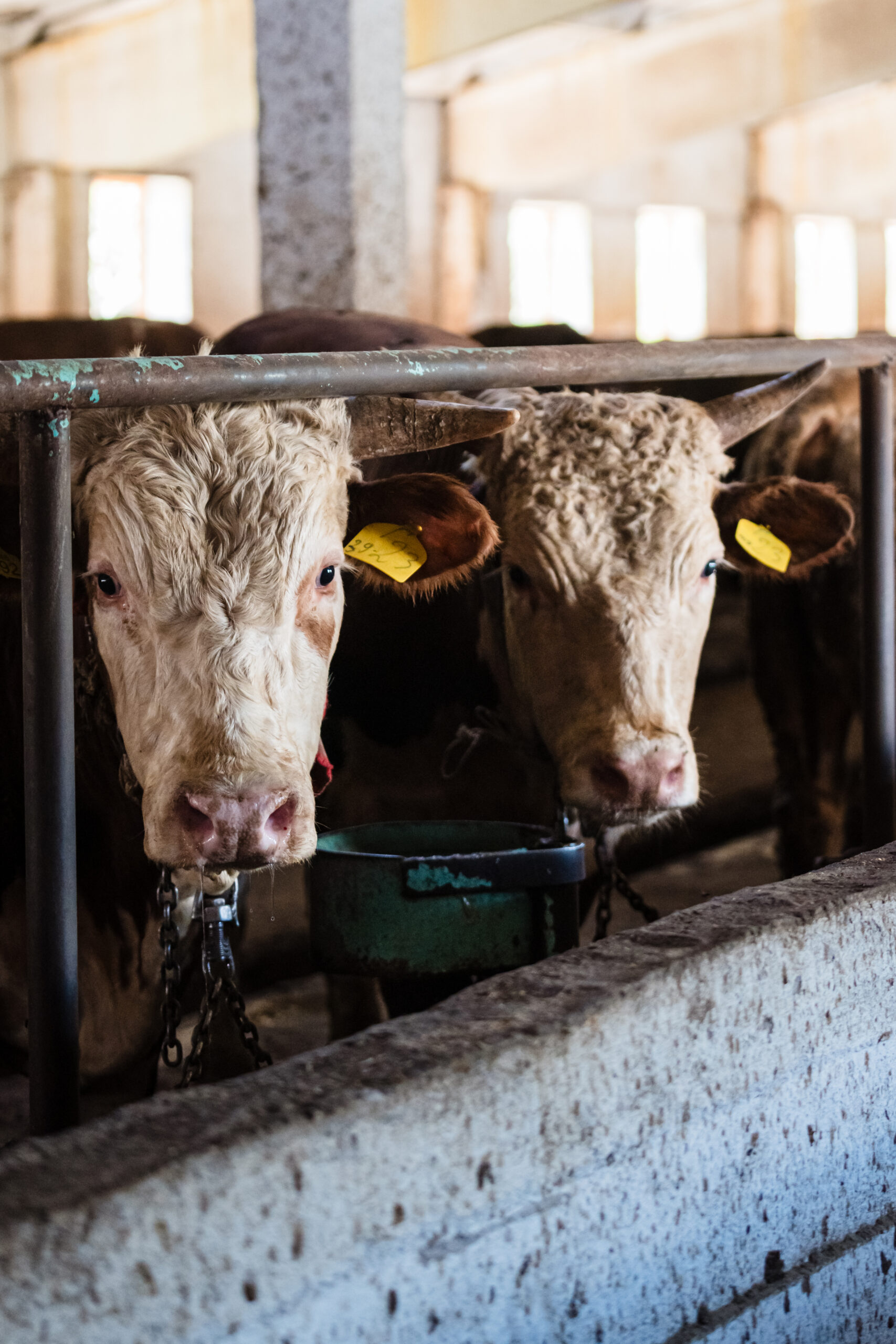
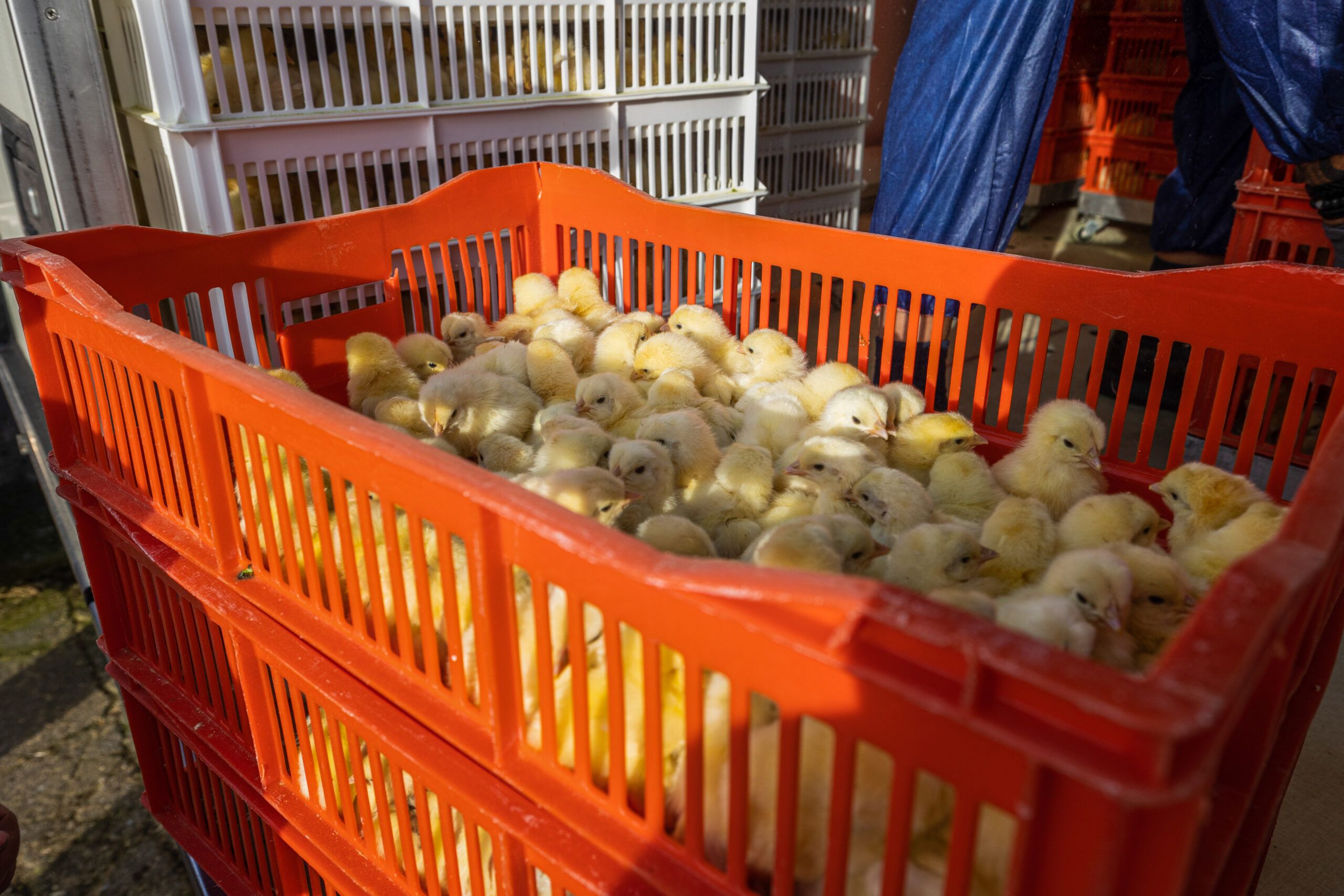
Again in step with intensive monoculture, intensive livestock farms turn to artificial means to limit risk. The Alliance to Save Our Antibiotics ― representing over 500 EU medical, agricultural, environmental, consumer and animal welfare organisations ― reports that 66% of all antibiotics globally are given to farm animals. This could contribute to antimicrobial resistance in humans ― and potentially lead to 10 million deaths per year by 2050.
It’s also clear that the EU’s own stringent animal welfare policies often conflict with the intensive farming that the CAP supports.
The European Court of Auditors reports, “In intensive production systems, the higher the stocking density, the higher the profits but the more difficult it is to meet specific animal needs”. It goes onto list the failures of intensive farming systems, including, “feather pecking and cannibalism in hens, aggression and tail biting in pigs and aggression in calves.
This is not food security...
…this is a framework for failure
It is clear that “the CAP no longer fits” ― often subverting the EU’s own aims, as it:
- Rewards the biggest players and subsidises shareholder profits.
- Kills off smaller, more resilient and nature friendly family farms.
- Shifts away from food market regulation – leaving farmers and consumers at the mercy of volatile markets.
- Destroys skilled agricultural jobs.
- Hollows out vibrant rural communities and local economies.
- Uproots ecosystems that work in sympathy with the environment.
- Increases the risk of crop and animal diseases and the use of harmful chemicals that are unhealthy for farmers, people living in rural areas and consumers.
- Keeps animals in intolerable conditions.
- Encourages the use of medicines in animals that can have serious long-term implications for human health.
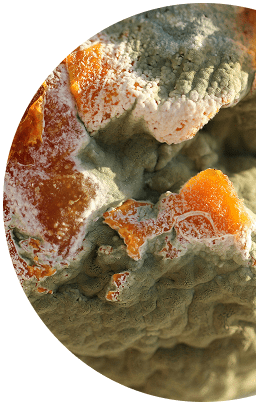
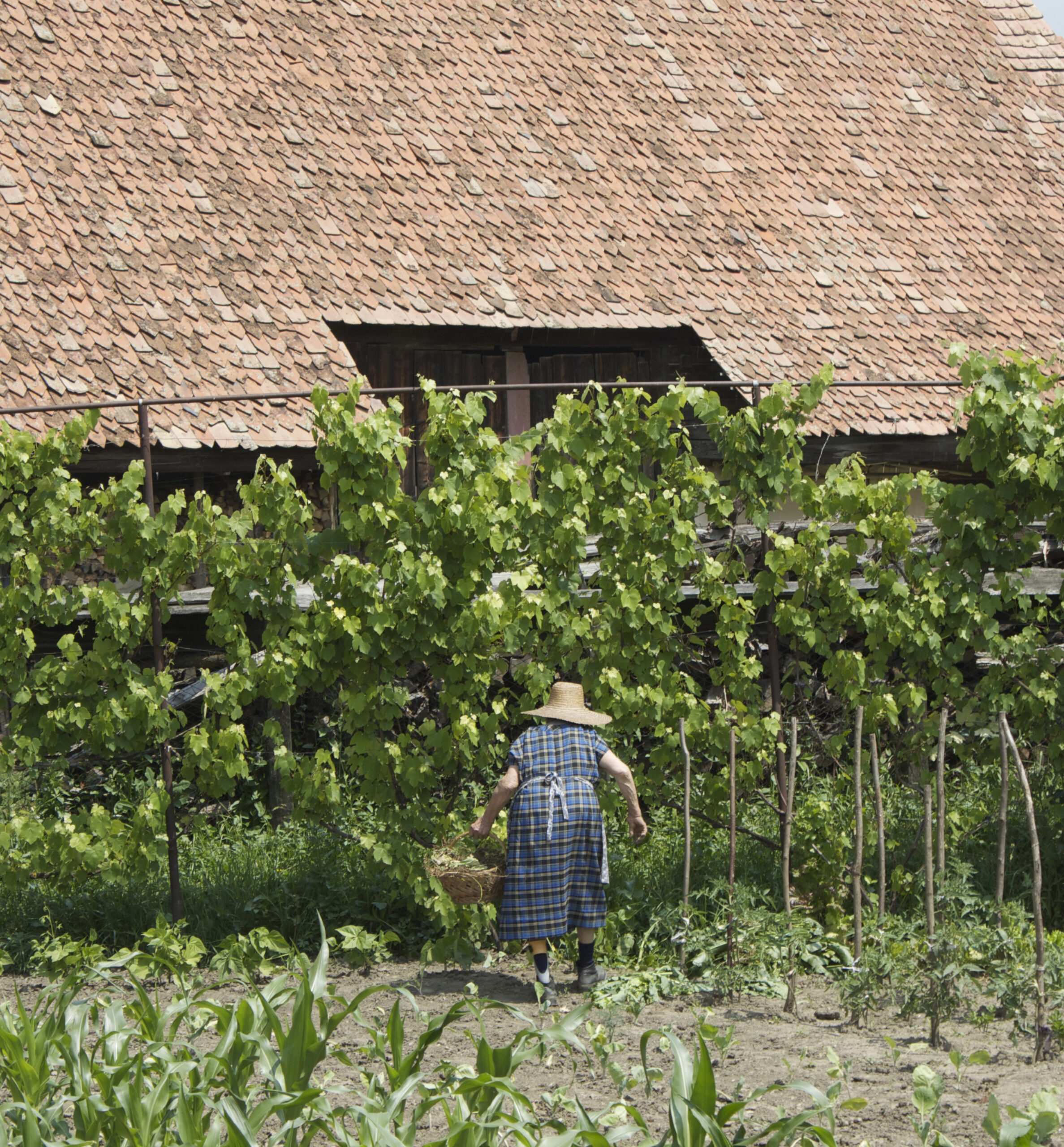
It is a worrying list of ongoing, emerging and future failures that threaten the safety of the foods we eat and the security of its supply.
As Europe presents its Vision on Agriculture and Food, consumers, policymakers, scientists and influencers must stand up and speak out in support of smaller farmers.
Today
- the CAP doesn’t support the EU’s common farmers, it feeds huge food corporations.
- the CAP drains the lifeblood from rural economies and communities.
- the CAP promotes intensive agriculture which strips the land of its nutrients, habitats and wildlife ― increasing risks to our food supply.
We must act to reform the CAP to save the effective, efficient and environmentally responsible farming that we all recognise ― to protect our communities, land and access to high quality foods.

When 80% of the CAP subsidies go to just 20% of the biggest farms, small and sustainable farmers can’t earn a decent living producing healthy food and taking care of our environment.
Public money should serve farmers and consumers—not agribusiness profit.
Demand agricultural policy reform for fair prices, fair farming and a fairer future.
